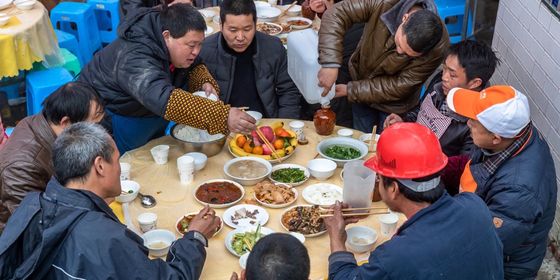Two young Tibetans recall how the festivities of Losar, the traditional New Year on the Plateau, have changed and stayed the same since their childhood
On New Year’s Eve according to the Tibetan calendar, which falls on February 20 this year, 27-year-old Hualjor Tsering comes together with his family in western China’s Qinghai province to share a pot of Tibetan guthuk.
As gu means nine in Tibetan, the stew is made of nine ingredients including yak meat, highland barley, beans, radish, milk dregs, raisins, and dough balls. “Young people like to put the dough balls into hot pot,” says Hualjor, who now works in Sichuan province, home to more than 1.4 million Tibetans due to its close proximity to the Tibetan Plateau.
Tibetan New Year, or Losar, marks the beginning of the Tibetan lunisolar calendar, which is based on the Indian Kalachakra calendar first translated into Tibetan in 1027. Celebrated in China as well as Nepal, Bhutan, and India, Losar sometimes takes place at the same time as the “Spring Festival” observed in the rest of China, but can also take place up to a month later, as the Tibetan calendar operates on a 12-month system with a 13th “leap month” added every few years.
Over 1.5 million Tibetans live in Qinghai, which counts for 25 percent of the total Qinghai population. Almost half of Qinghai’s population lives in the capital city, Xining, while the region is famous for its vast stretches of sparsely populated areas such as the Tsaidam Basin.













